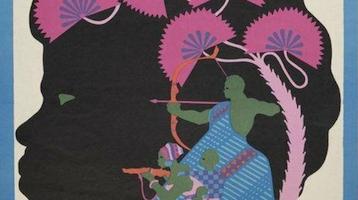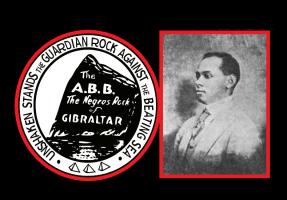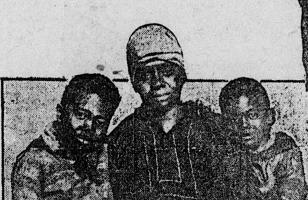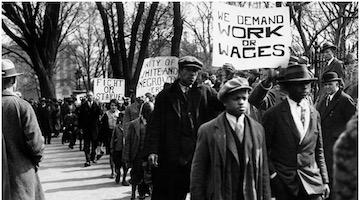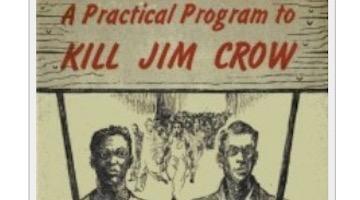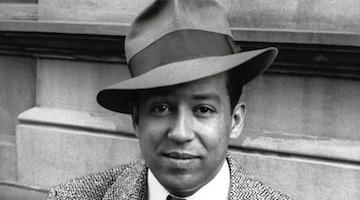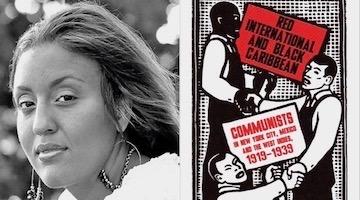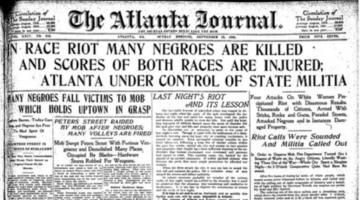Louise Thompson Patterson and Langston Hughes c. 1920
Dr. Gerald Horne reminds us that Esther Cooper Jackson, Louise Thompson Patterson, and Dorothy Burnham made many contributions as liberation movement leaders.
Esther Cooper Jackson expired the other day at the venerable age of 105.
When such a giant dies, it is the equivalent of an entire library going up in flames and this is not only the case for her but for Louise Thompson who pre-deceased her some years ago.
I first met Esther in the early 1970s when she was serving as a founding Editor of “Freedomways” magazine, a quarterly that had been founded about a decade or so earlier with the assistance of such luminaries as Shirley Graham Du Bois; John Henrik Clarke; Jack O’Dell; and Esther’s spouse, Dr. James Jackson, one of the leading Black members of the U.S. Communist Party.
Many times I visited the journal’s cramped office at 80 East 11th Street in Manhattan where I was always greeted with a warm smile by Esther, not to mention encouragement to a youthful writer. The record shows that one of the first articles I published in “Freedomways” was in 1975. The topic? “Black Youth in Cuba”, an island I had visited only recently.
In coming years until the periodical itself expired in 1985 I published a number of essays and reviews for “Freedomways”. Her tenure with this journal was an extension of her earlier career, stretching at least back to the early 1940s where she penned a scholarly—and still valuable—M.A. at Fisk University on “The Negro Woman Domestic Worker.” With her spouse, she was a stalwart with the Southern Negro Youth Congress, which boldly ventured into Dixie raising the then subversive anti-Jim Crow banner. Then when the Communist Party came under attack as a result of the “thought control” Smith Act, she stood tall as an activist in opposition—particularly when her spouse was compelled to enter the “underground” to escape incarceration.
One of her comrades was the late Louise Thompson Patterson, who some may recall from her journey to the Soviet Union in the early 1930s, alongside her lifelong friend, Langston Hughes. Their goal—producing an anti-racist movie—was not consummated but that did not suppress or squash her ongoing activism. With her spouse, William Patterson, she was in the forefront of combating racist and political repression, especially during the brief tenure of the Civil Rights Congress (CRC), driven into liquidation by the U.S. authorities in 1956 but—in a sense—the CRC arose Phoenix-like from the ashes in 1970 after academic and activist Angela Davis was placed on trial for her life, after being accused of complicity in a courthouse shootout in Marin County, California. Louise deployed her considerable organizing skills on behalf of Professor Davis, contributing to one of the mightiest victories of that bygone era.
She expired in 1999 at the age of 98 and I recall visiting her at a nursing home near that time sited at 112th and Amsterdam Avenue in Manhattan. She hardly recognized me and then, ironically, it dawned on me that I would be lucky if I could somehow manage to live for an entire century.
In the second book I published—on the Civil Rights Congress, noted above—I thank in the Preface not only Esther Cooper Jackson but also Louise Thompson Patterson. Both rather graciously welcomed me into their homes where they continued to store valuable archives of their activism, perusal of which allowed me to write this book. The Jackson archive is now at New York University; Louise’s is sited at Emory University and her spouse’s is located at Howard.
The third person I thank in the Preface to my second book on CRC, fortunately, is still in the land of the living. Dorothy Burnham is now 108. She too was an activist with the Southern Negro Youth Congress. In the early 1940s she and her then spouse, Louis Burnham, descended into the “Heart of Darkness” that was Birmingham, Alabama, jeopardizing life and limb in order to make a better world.
Unfortunately, not enough is known about the SNYC and the CRC, in part because of an unfortunate historiographical trend which posits that the “Civil Rights Movement” somehow erupted in 1955, which has the—perhaps—not unintended “virtue” of eviscerating the decades of blood, sweat and tears that preceded this magical date.
But now, as these mighty oaks continue to fall—punctuated by the recent death of Esther Cooper Jackson—we run the risk of losing sight of valuable history and historical memories. However, fortunately, “Freedomways” can still be found, as well as the aforementioned archives and, in part, this serves to guarantee that these three Revolutionary Women will long be remembered and never forgotten.
Gerald Horne is a prolific author and African-American historian who currently holds the John J. and Rebecca Moores Chair of History and African American Studies at the University of Houston. His most recent book is The Counter Revolution of 1836: Texas Slavery & Jim Crow and the Roots of American Fascism.



